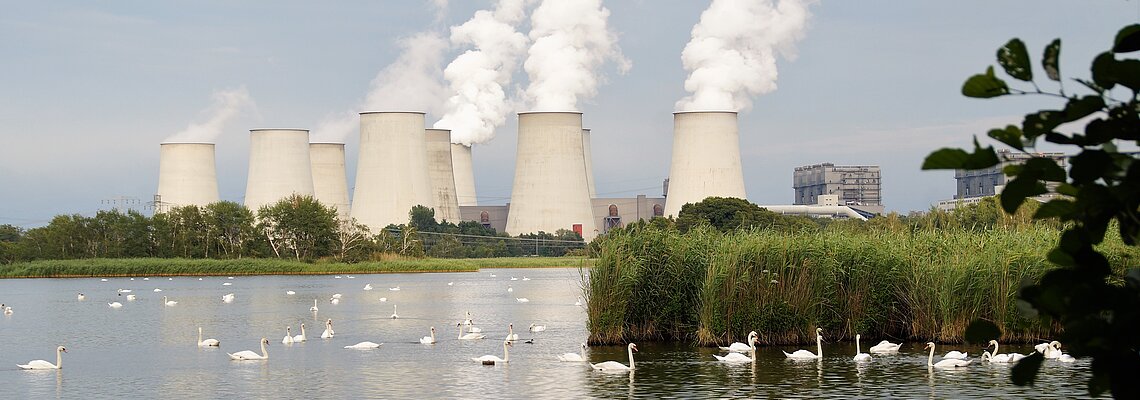
Driving remains climate killer
Among the most devastating climate pests, the car takes third place. Traffic is therefore one of the main factors in climate change, and the CO2 emitted by the combustion engine must be permanently reduced.
Car manufacturers have understood this; there is now hardly a car manufacturer who does not produce at least one model without the classic combustion engine.
In addition to power generation and industry, the automobile is currently responsible for a quarter of all harmful greenhouse gases, as current figures clearly show.
This alarming fact prompted the EU to take action last year when it agreed in Brussels on stricter regulation of CO2 targets for new cars.
In the future, the carbon dioxide emissions of new cars are to be reduced by no less than 40% by the year 2030.
The Federal Environment Agency has been able to use recent figures to create a kind of hit list of which type of vehicle releases the most CO2. The CO2 equivalent is expressed in grams per passenger kilometre. For example, the conventional passenger car with a combustion engine has an index of 216.5, followed by the electric car with almost 96.
E-cars consume CO2? Yes, exactly, because the production of metal products such as passenger compartments, chassis, etc. requires steel, which in turn is produced using iron ore: coal is burned.
This fact has to be taken into account when discussing the issue of CO2 pollution. To produce only electric cars alone is too short a plan in the medium to long term.
